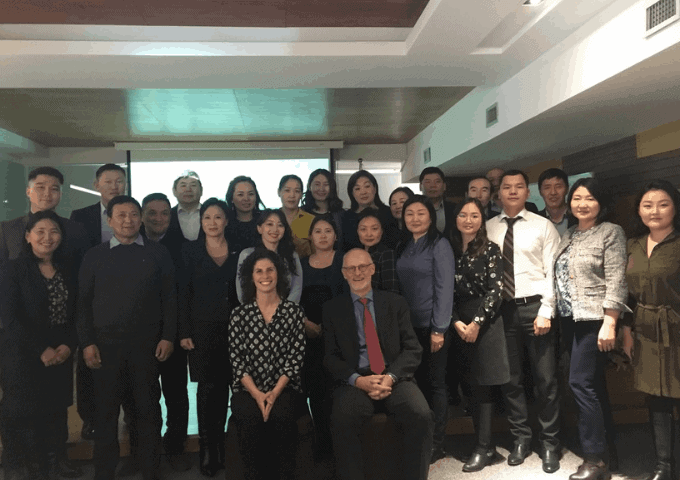In the mining sector, royalties and income taxes are usually levied on the price of the mineral, multiplied by the volume. The price might be the actual sale price received or the relevant publicly quoted price, if there is one. Consequently, government revenue depends on mineral products being priced and measured accurately.
However, pricing is not always straightforward. It may be complicated by the different stages of mineral beneficiation, the lack of publicly quoted prices for some minerals, and any adjustments based on the quality or grade of the product or deductions for transport and insurance costs.
Mineral prices are primarily a function of the value or quality of the mineral. Therefore, government must be able to determine the value first, before they can verify the price. However, many resource-rich developing country governments are worried that they don’t know the value of their exported minerals and are losing much-needed revenue as a result.
This is why we held a workshop in Ulaanbaataar, Mongolia, on February 27 to March 1, 2019: to strengthen the capacity of IGF member governments to determine the value of mineral exports. The workshop also shed light on the processes of quantity and quality assessments to confirm the value of minerals, and hence verify the product price and revenue owed to the government.
The training was delivered to 32 participants and developed by the IGF. It was delivered in collaboration with Agriteam, specifically for the Strengthening Extractive Sector Management in Mongolia (SESMIM) project.


